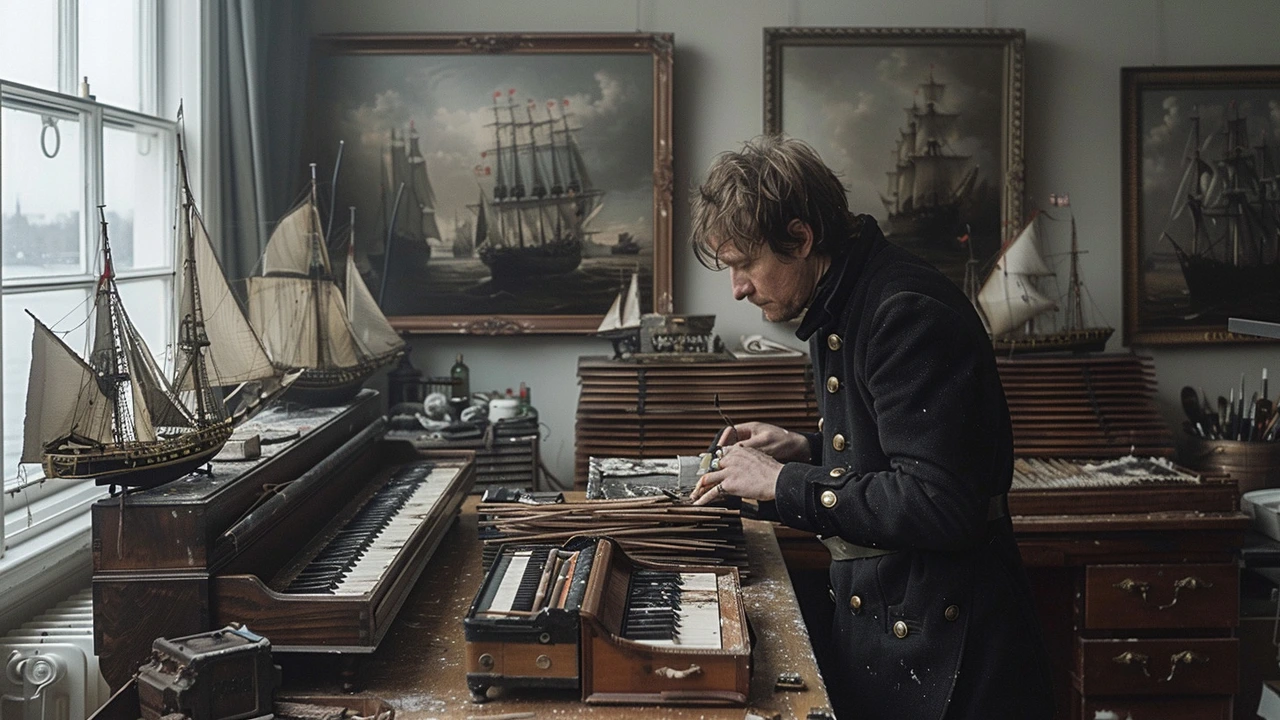Simplicity in Art: Make Every Line Count
Want your art to read faster and hit harder? Simplicity in art strips away noise so the main idea shows up clear and strong. This isn't about doing less because you can't do more—it's about choosing what truly matters and letting that breathe on the canvas or screen.
Why simplicity works
Simplicity helps viewers focus. A clean composition guides the eye to one main idea instead of scattering attention across dozens of details. That makes images easier to remember, easier to share, and often more powerful. For practical projects—posters, logos, interiors—simple choices cut costs and speed up production. For fine art, simplicity can push emotion or concept to the front without distraction.
Movements like Bauhaus and De Stijl built entire design systems around simple shapes, clear grids, and limited palettes. Check pieces from Bauhaus Design and De Stijl's Impact on Graphic Design to see how restraint creates clarity. Constructivism and modernist movements also used simple geometry to carry political and social messages without extra ornament.
How to use simplicity in your work
Start by asking: what is the one idea this piece must convey? Remove everything that doesn't support that idea. Use a limited color palette—two or three colors often works better than a rainbow. Simplify shapes: swap a detailed object for a clear silhouette. Reduce text: a short phrase or single word beats a paragraph on a poster. Build a clear focal point using contrast, empty space, or directional lines.
Balance matters. Simplicity doesn't mean sloppiness. Keep proportions right, align elements with intention, and use spacing to create rhythm. Negative space is an active tool—treat blank areas as part of the composition, not as gaps to fill.
Contrast simplicity with complexity on purpose. Photorealism proves how detail can impress, but placing a photoreal image next to a simple shape can make both stronger. Use contrast to highlight the simple parts. For example, an immersive installation can feel more intimate if a single, calm element anchors it.
Want quick wins? Reduce typefaces to one, remove unnecessary lines, and increase breathing room around your subject. Test versions of your work at thumbnail size—if the idea disappears when small, simplify more. Ask friends for one-word feedback: if they name your concept quickly, you're on the right track.
Explore related posts on Paul Artistry for concrete examples and inspiration: Bauhaus Design: How a German School Revolutionized Modern Style, De Stijl's Impact on Graphic Design Evolution, and Constructivism Art’s Influence on Modern Culture and Expression. Each shows practical ways artists and designers use simplicity to make work that sticks.
Want help simplifying a piece? Share a photo or describe the idea and get specific edits you can try right away.

